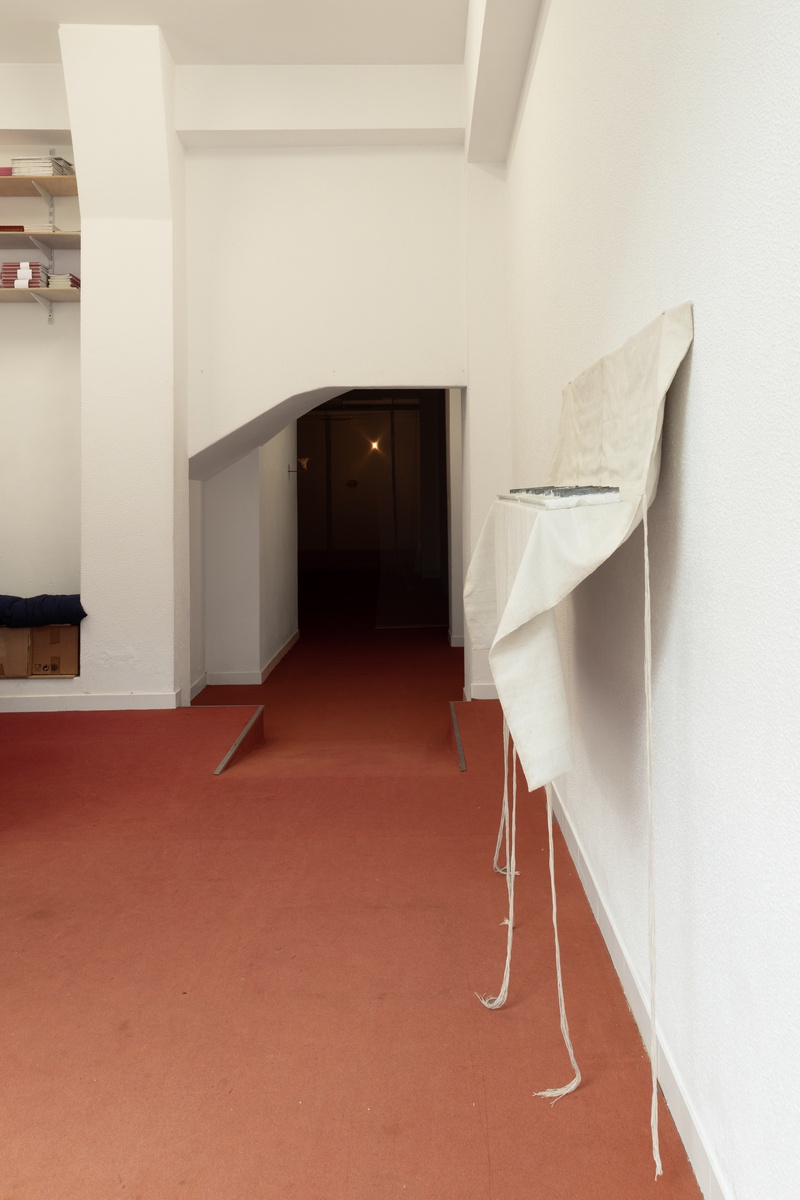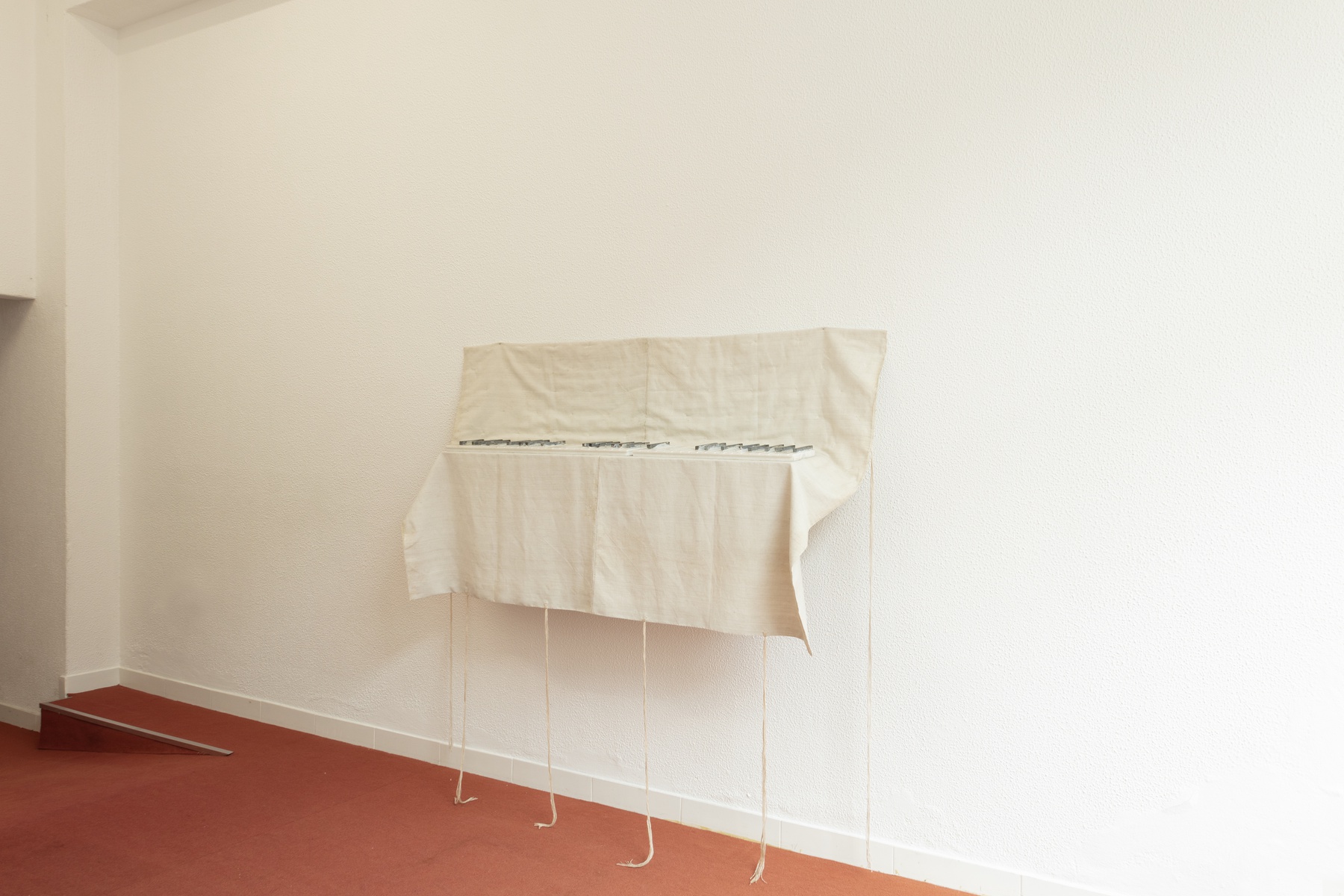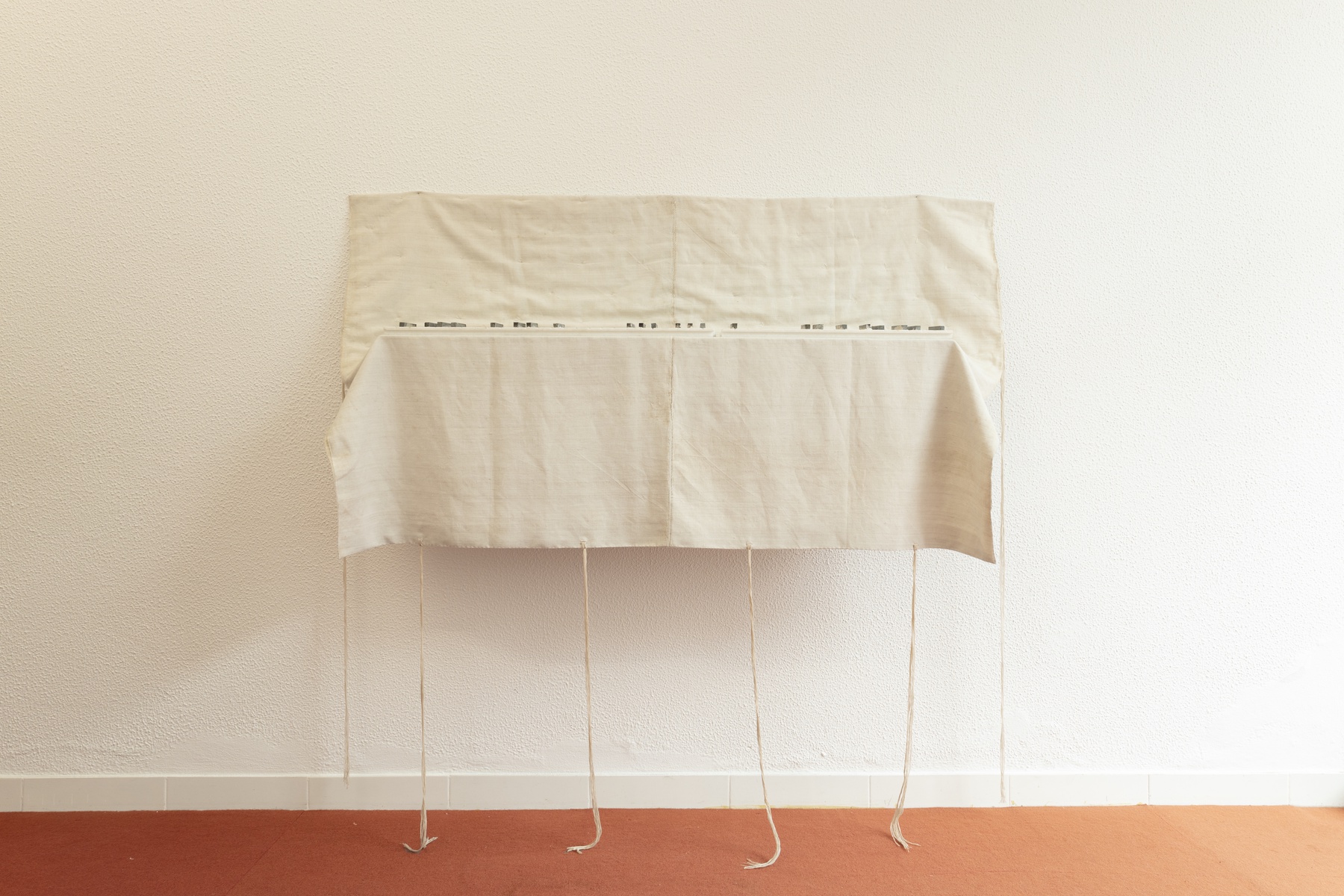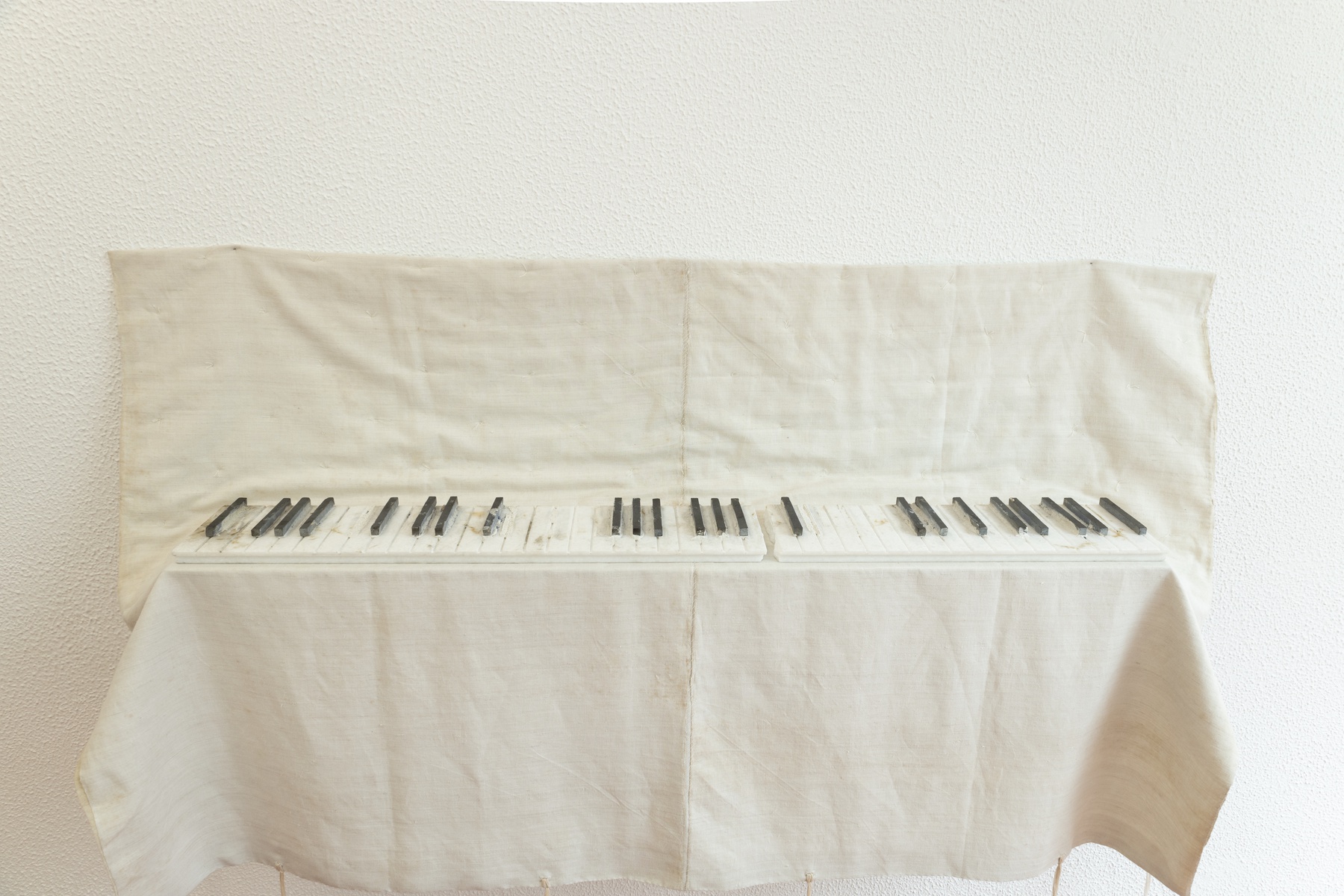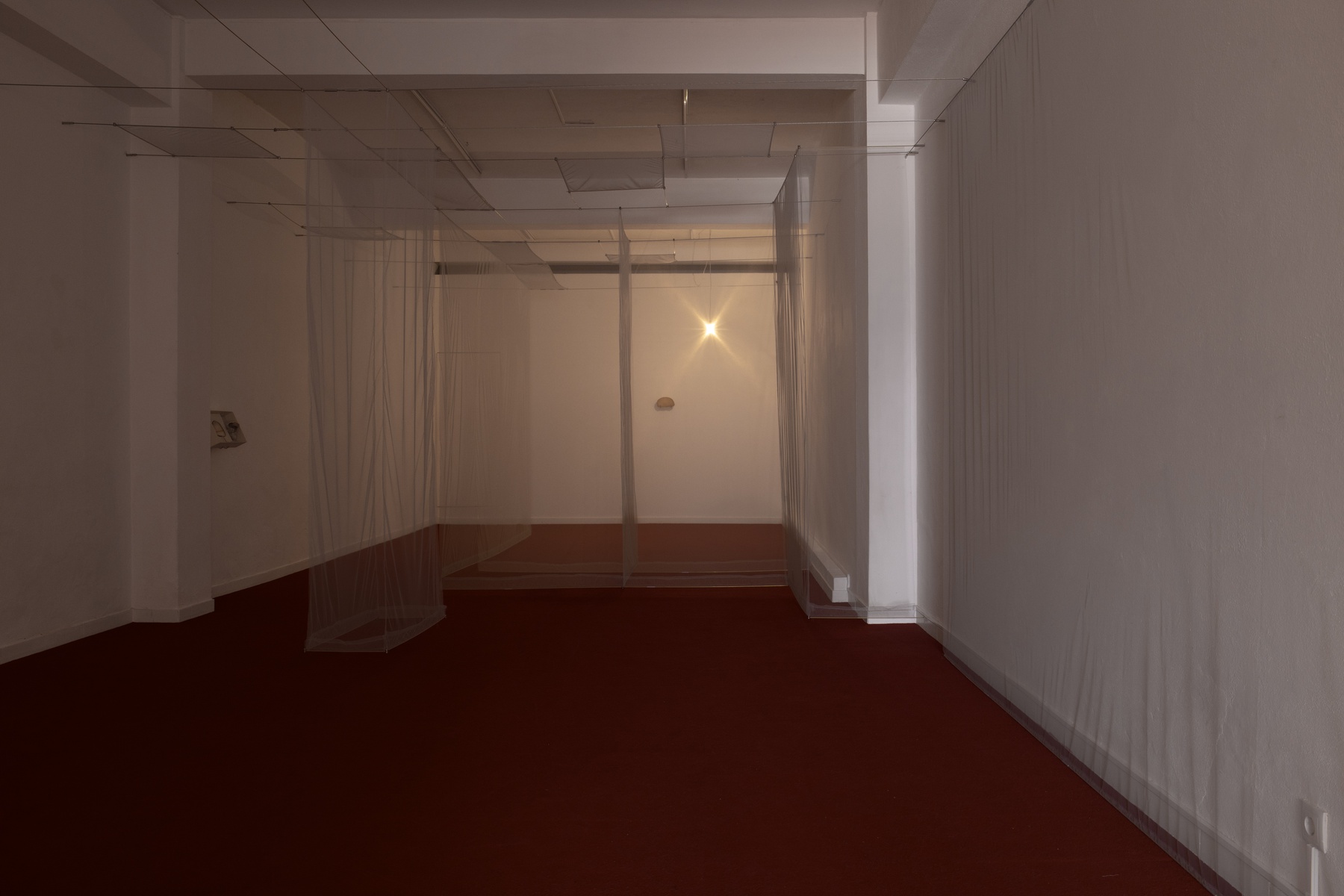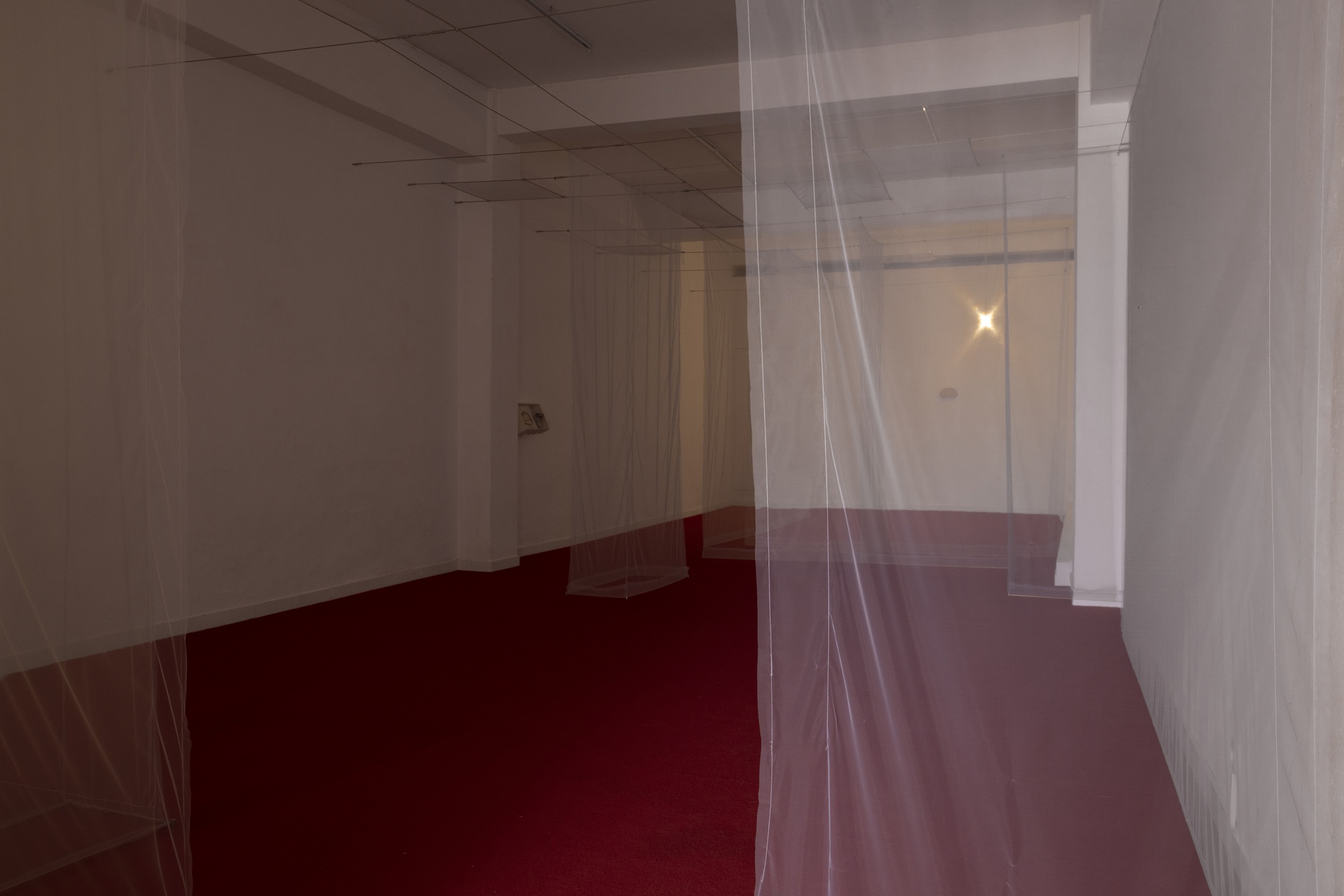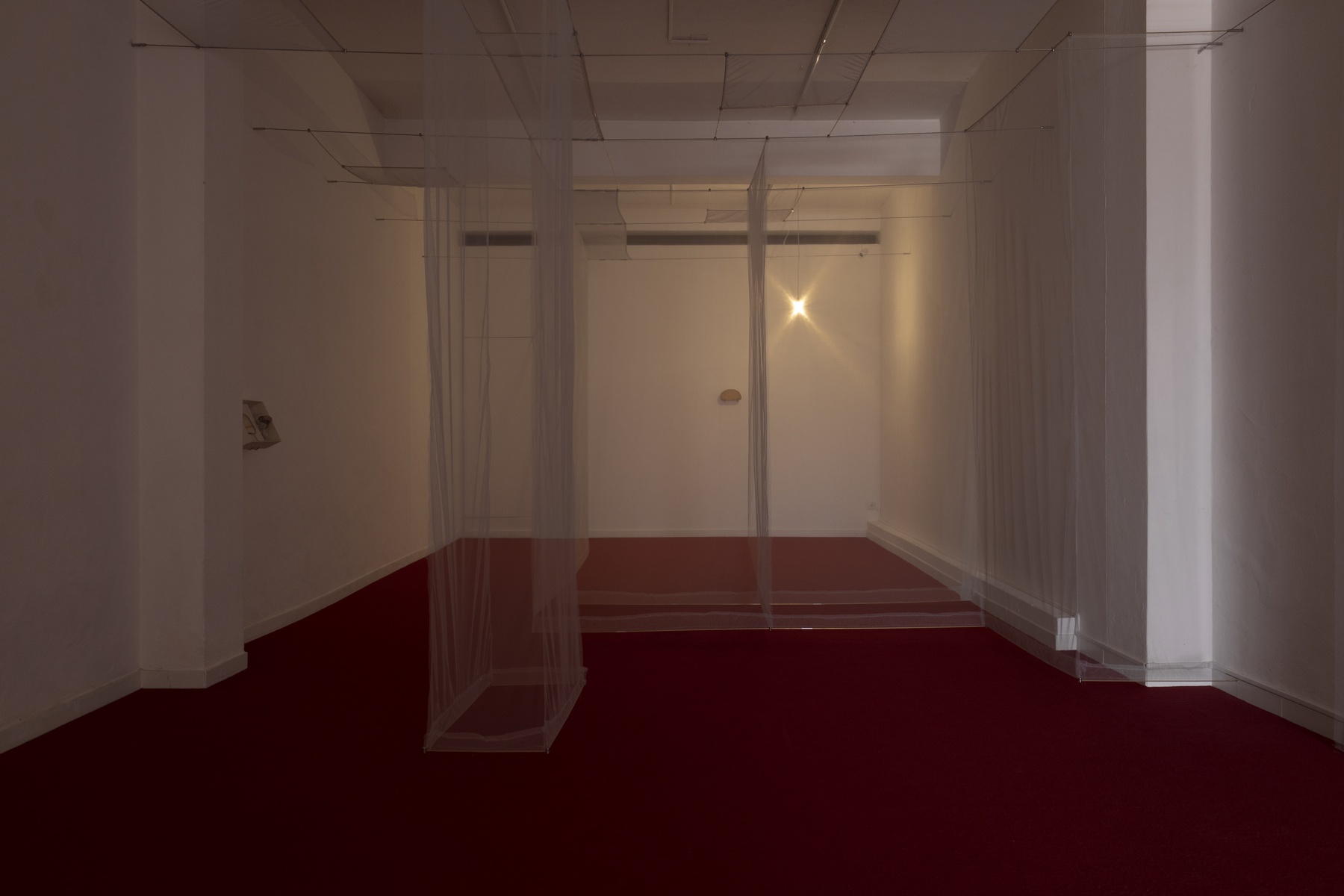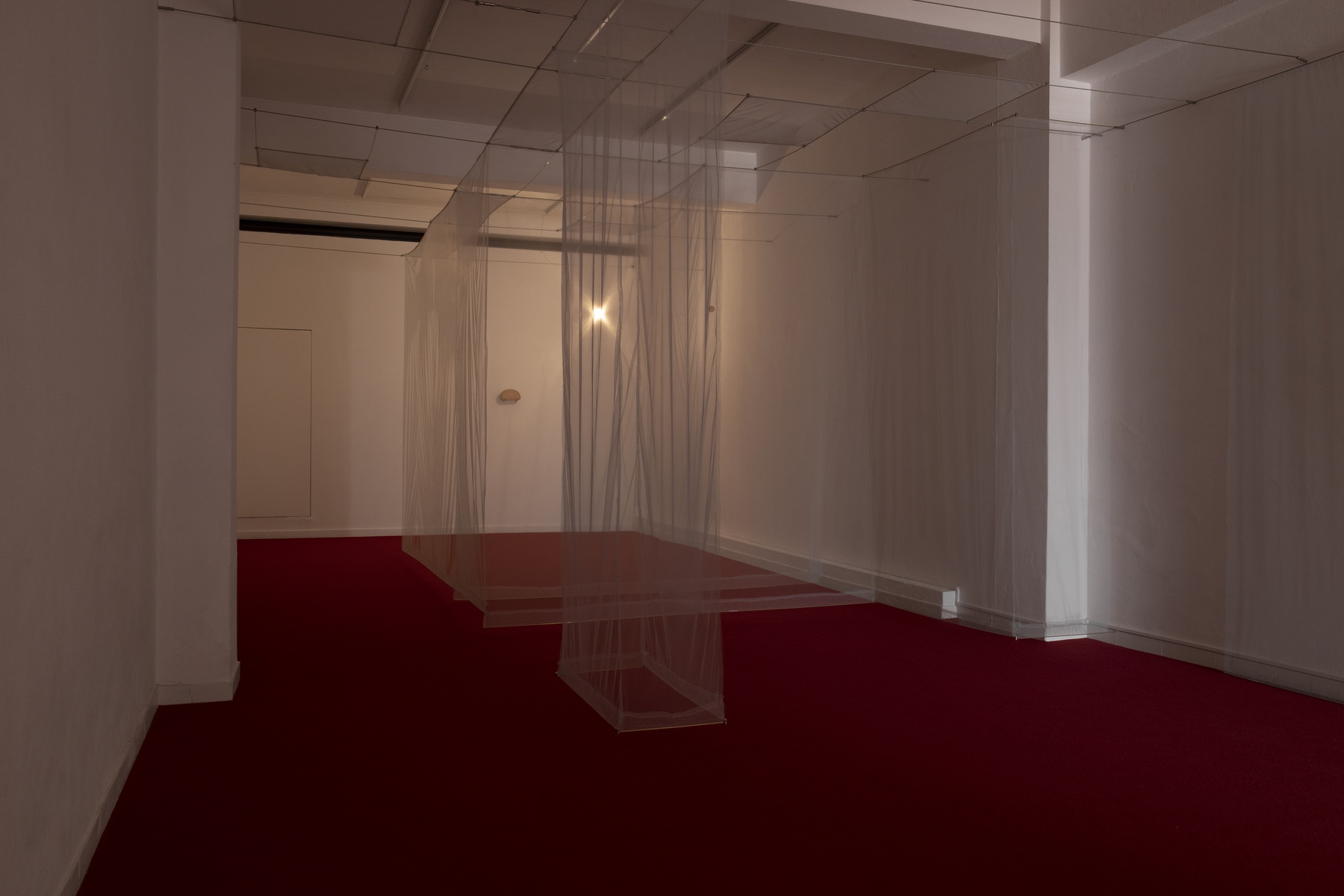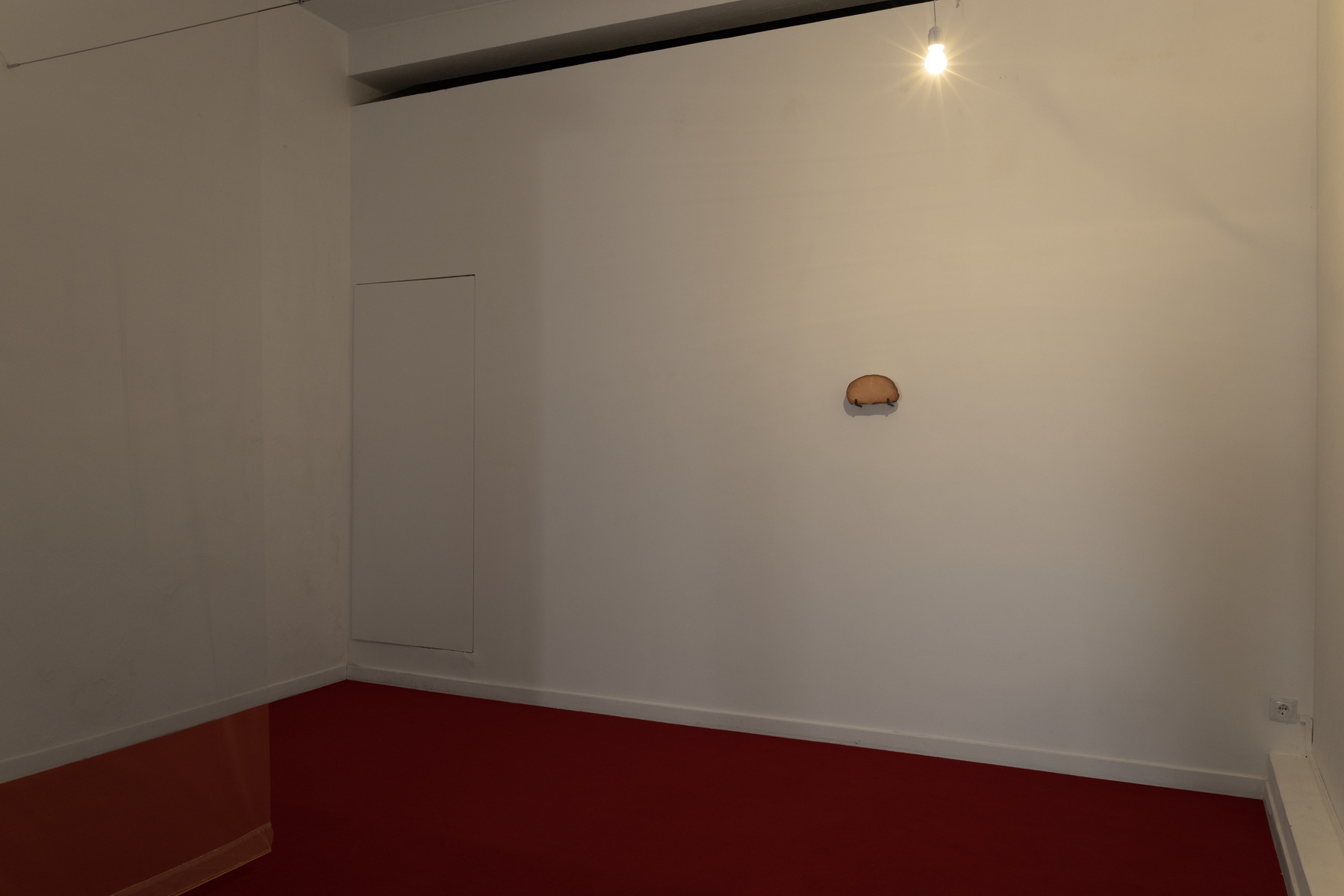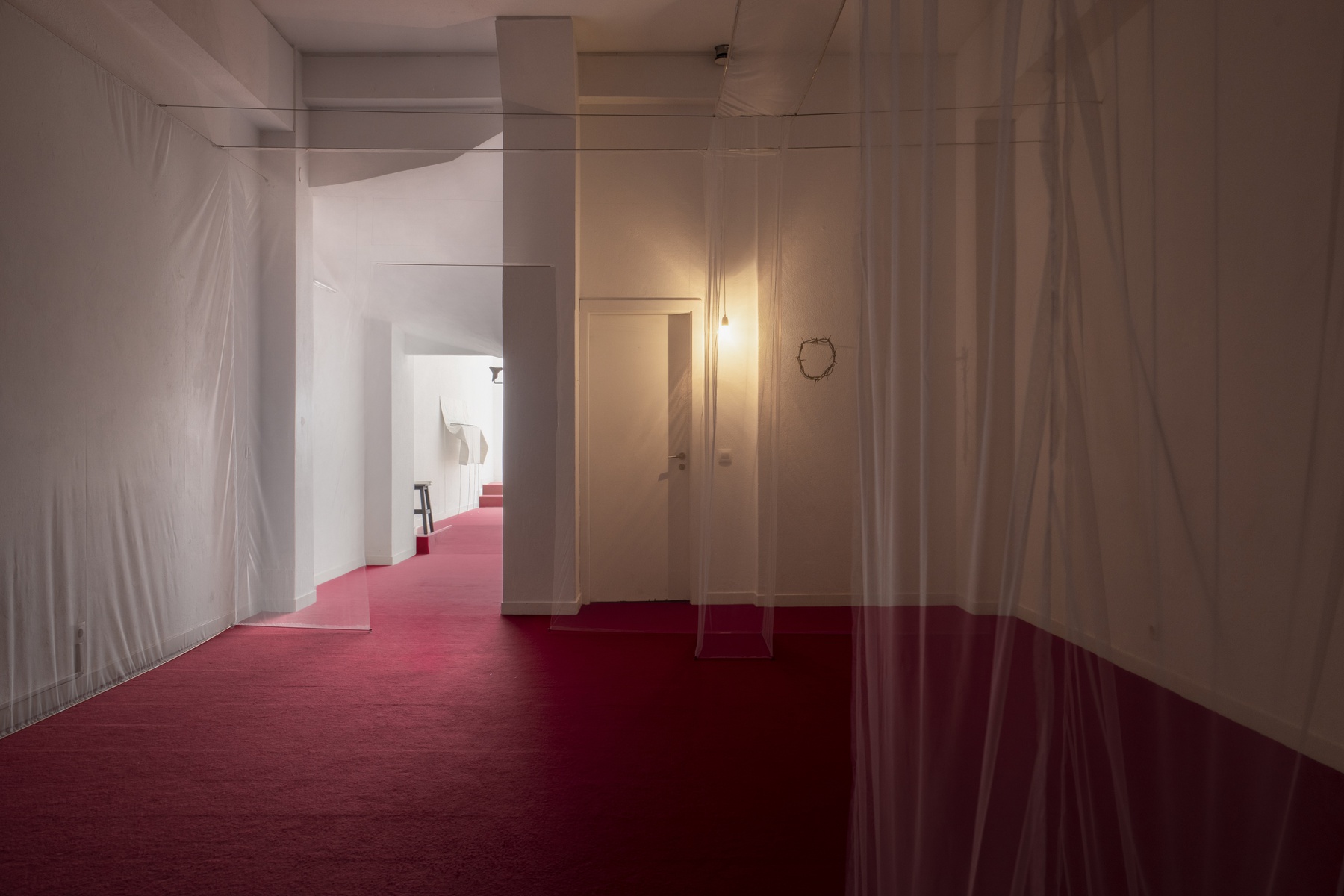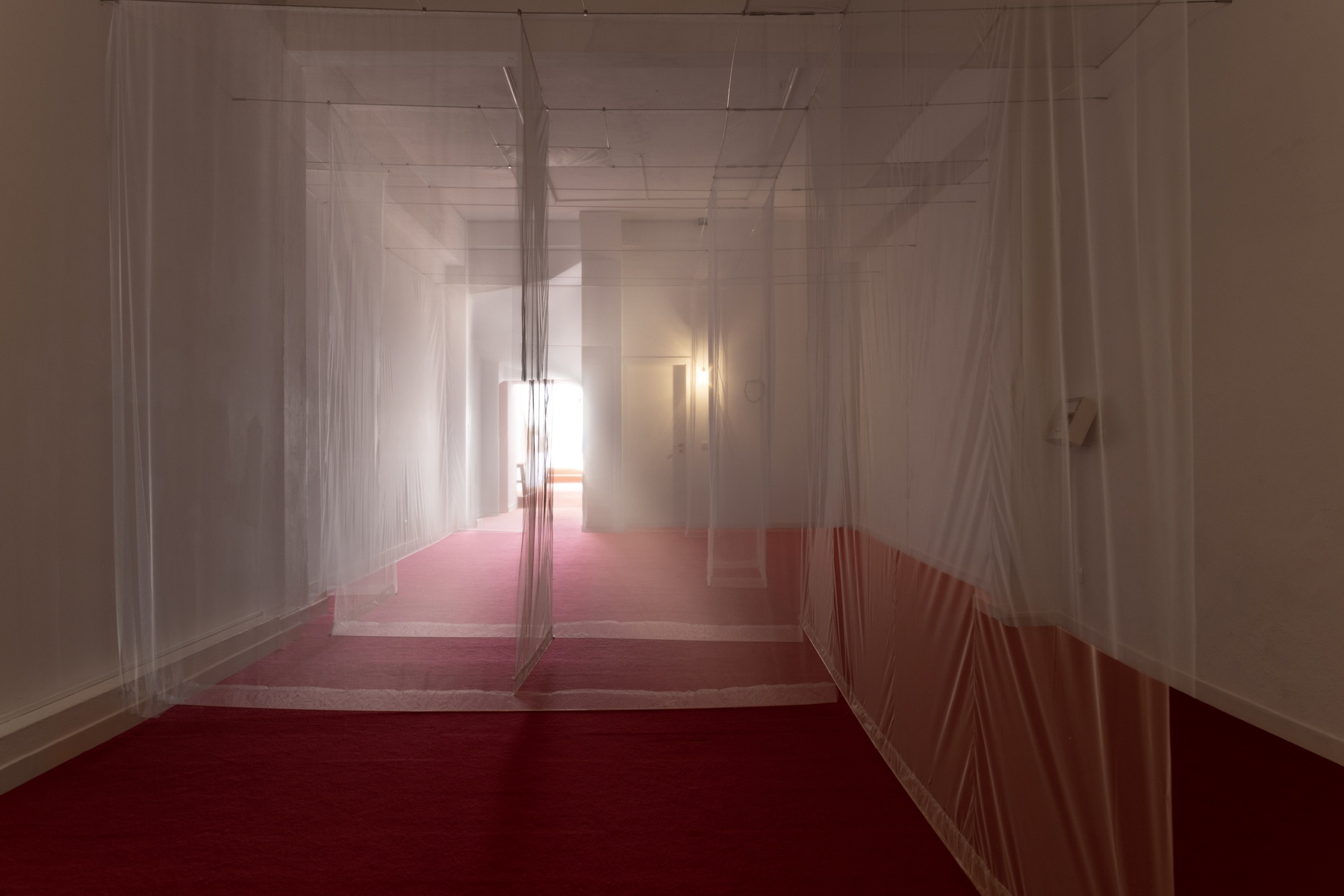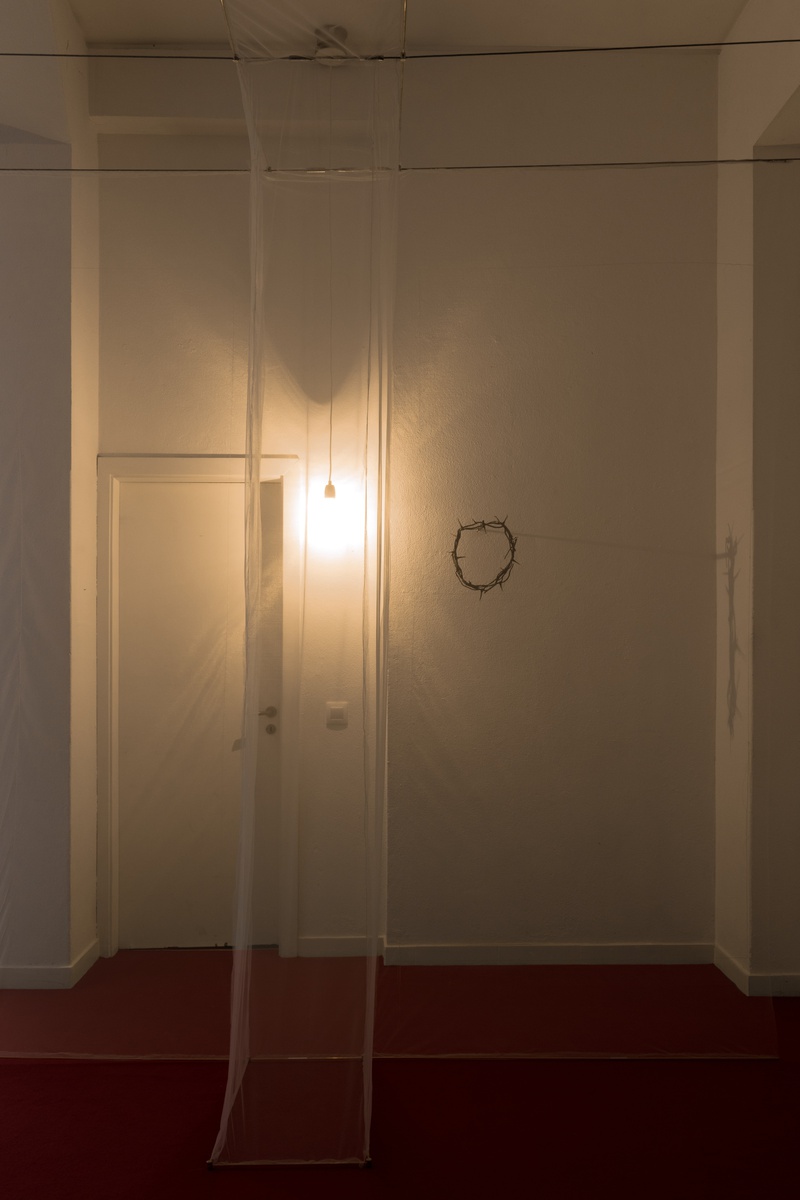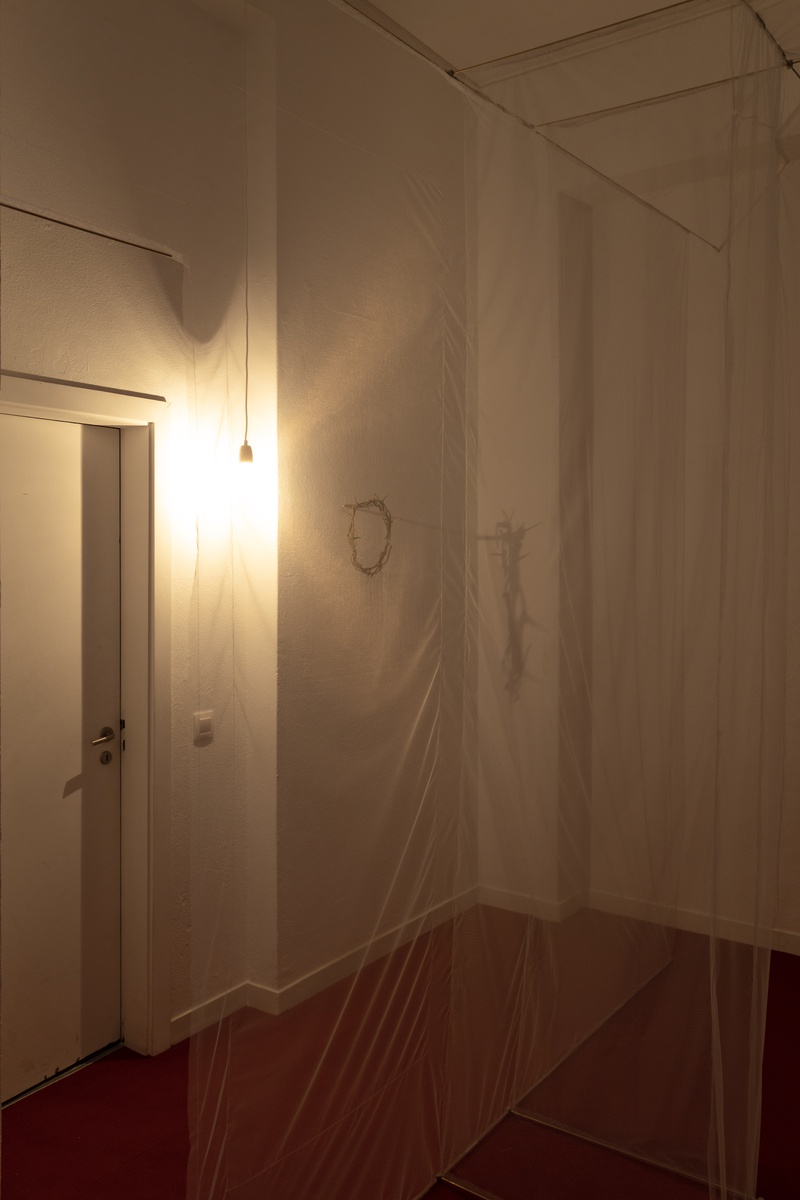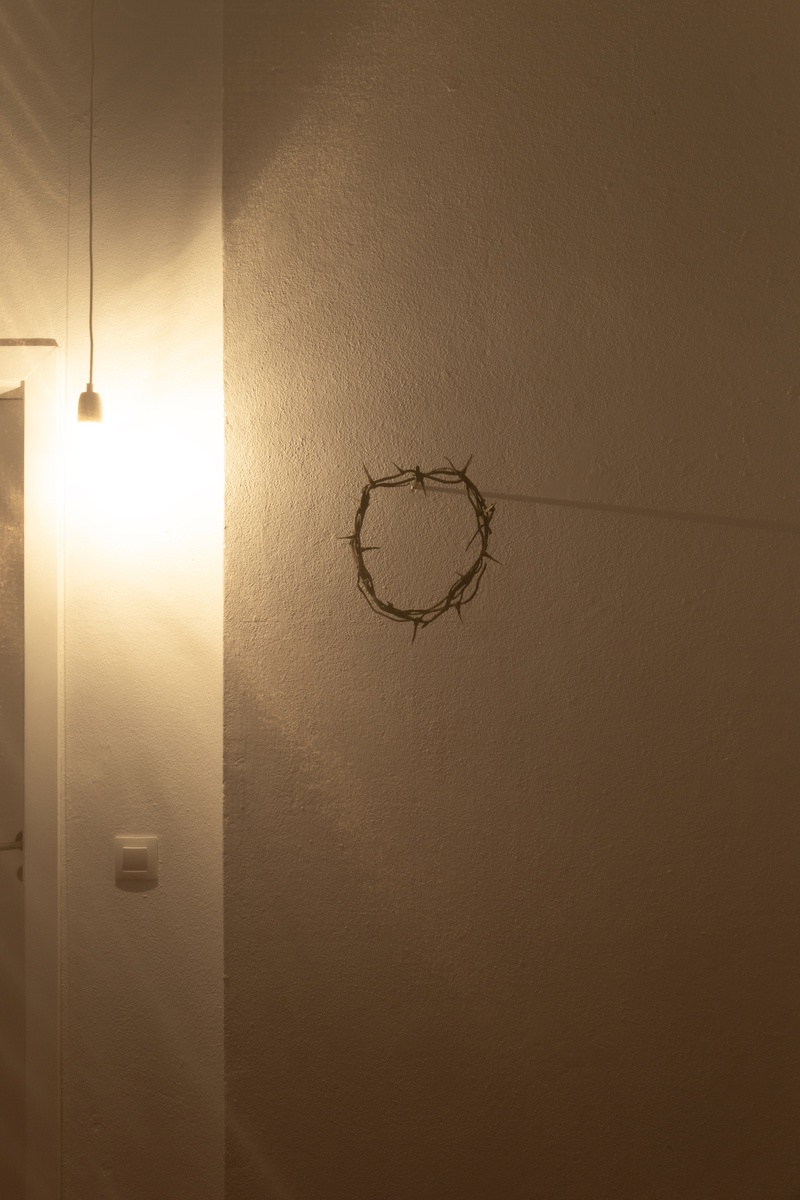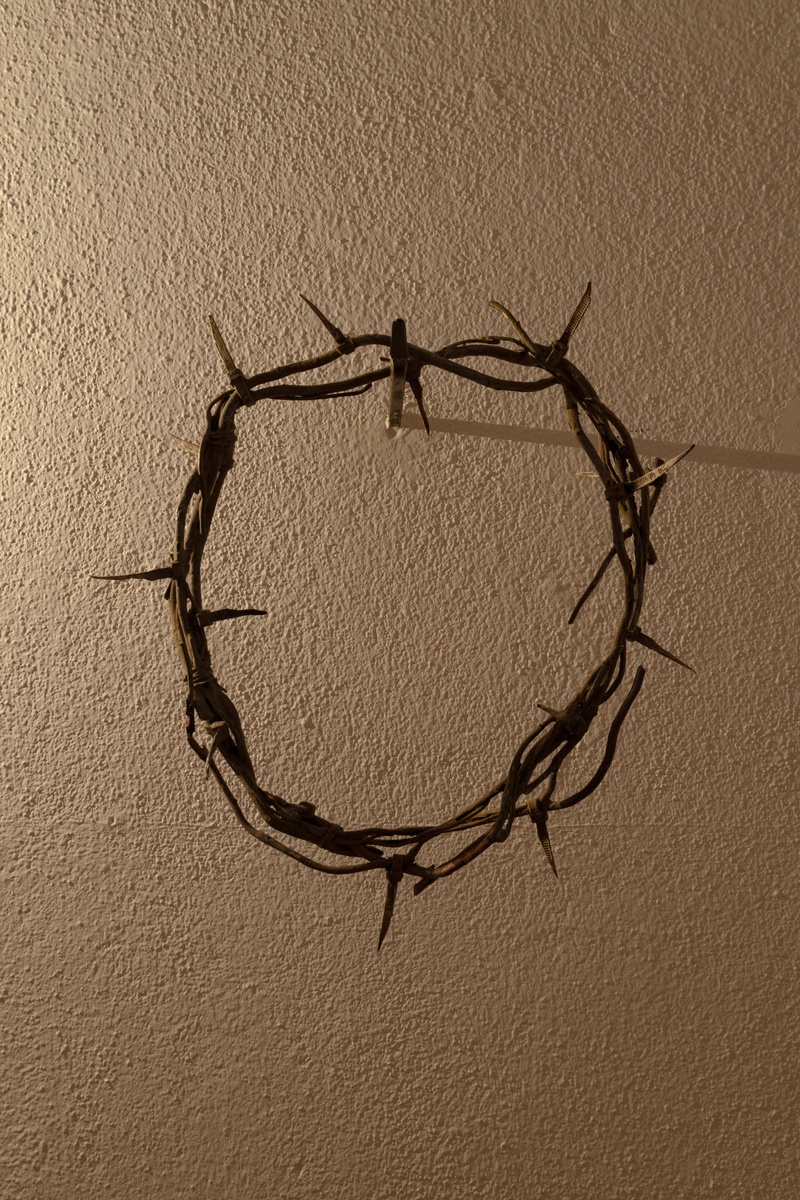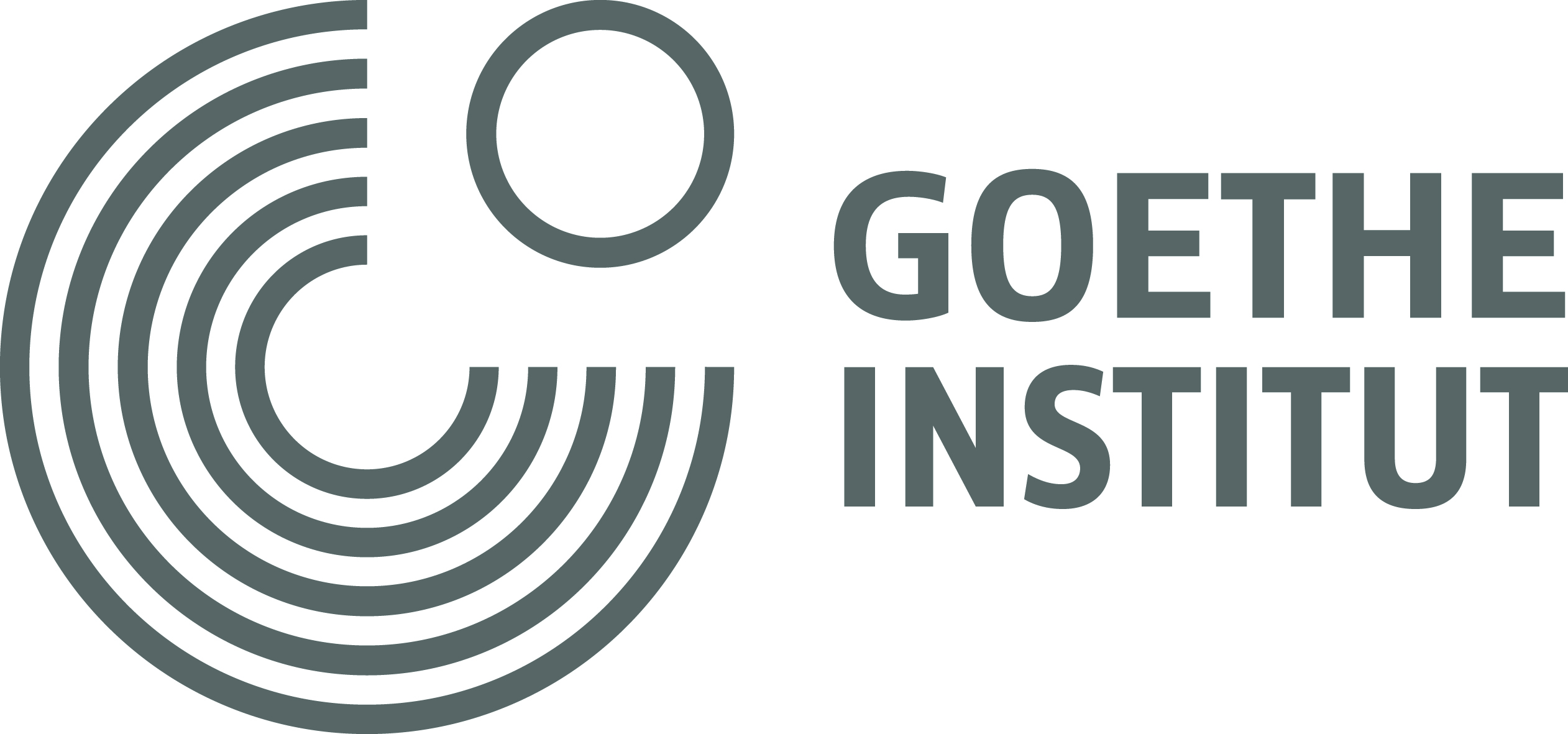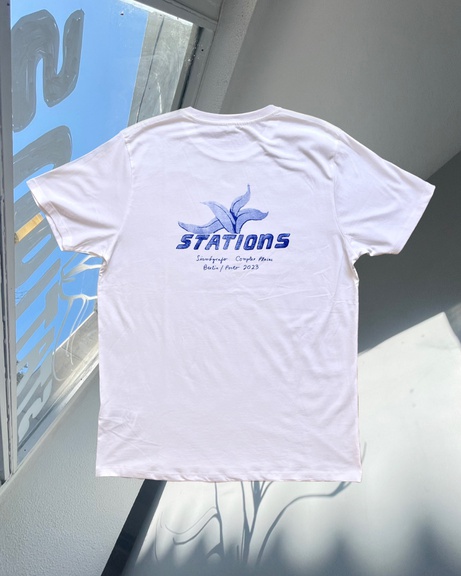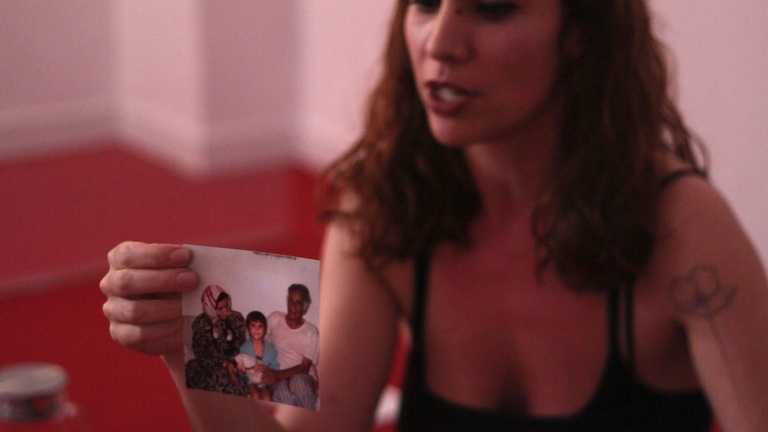Curated by STATIONS
Michael Kleine,
Sofia Duchovny
Exhibition
12 May – 17 Jun 2023
Opening
May 12th 2023
18:30
Michael Kleine, Sofia Duchovny
COMPLEX PLACES opens a new programming vector for Sismógrafo. Every two years, we will establish a dialogue with an international space that will take the form of exhibitions, held either at Sismógrafo or at the guest collective’s home. It is in this context that we welcome STATIONS, a Berlin-based project founded by Melissa Canbaz and Mihaela Chiriac. In 2024, it will be Sismógrafo's turn to travel to Berlin.
"How can the physical and immaterial aspects of a place be replicated, translated, or mediated to another context that has its own idiosyncrasies and specifics? When Sismógrafo invited us to organize an exhibition in their current space in Bonfim, we considered how we could address both the particularities and affinities of our respective spaces and practices. With both places and spaces in mind, we invited Berlin-based artists Sofia Duchovny and Michael Kleine to collaborate on this exhibition. In their individual practices, both artists’ works deal with notions of staging, performativity, theatricality, and explore specific conditions of reception and viewership.
As with any site – in this case, any exhibition site – its characteristics are fundamental to the practices, transactions, interventions, and objects that develop at or for it. Tightly woven and interdependent social and architectonic parameters influence our various routines considerably. Conversely, the individual and collective narratives we invest in a place shape it. A former piano store turned into an exhibition venue, Sismógrafo’s space is very distinct, with its light-flooded vestibule, the irregularly shaped hallway, the niches – and, most prominently, the bright red carpet – a reminder of the previous usage that became a permanent fixture and a decisive parameter for all the exhibitions that have been held here since. But more than just being a remnant from the piano store, the red carpet is a signifier of theatricality, display, performance. As such, it found a fitting, if at first glance unusual, use in the context of an exhibition space. From the outset, it signals the dynamic, reciprocal engagement between the viewers and objects present in this space. The exhibition conceived by Sofia Duchovny and Michael Kleine for Sismógrafo takes this transfer of energies as its premise.
The small objects carefully choreographed by Michael Kleine throughout the rooms of Sismógrafo are strange and ambiguous. The make-up of the life-sized slice of bread, the mushroom, or the crown of thorns bears a deceiving resemblance to their real-life counterparts. But upon closer inspection, their mimicry is exposed. Their realism turns out to be a masterfully crafted façade, and their deception twofold: they are neither the things they mimic, nor are they “real” works of art. A different kind of artifice describes them – they are theatrical props. If on stage these surrogates help suspend the spectator’s disbelief and convey veracity, here, removed from the network of theatrical signifiers, they hover between realities. But they’re only seemingly divested of their evocative powers, since the way in which Michael Kleine’s found objects “perform” in an exhibition space is not entirely dissimilar to the theater. His meticulous stagings of these objects effect a transformation of the architectural setting as well as a psychological activation of the latently involved visitor. Rather than helping transport a particular story, as in theater, here the props assume (mimic!) their new “role” as works of art. Peripatetic travelers from text to text, from context to context, Michael Kleine’s objects function as vehicles or screens for narratives that are shaped by the emotional and informational transactions between their environment and their viewers.
Similarly invested in the psychological activation of the viewer through visual and performative strategies, Sofia Duchovny’s expansive installation for Sismógrafo is a spectral replica of our space in Berlin. A translucent tulle pavilion hangs softly from a delicate pole structure that recreates the layout of our premises. The spatial outlines of STATIONS are transferred into a foldable, portable, temporary architecture, like a tent ready to be pitched at a different location. Here is a space tightly tucked into another space – visible and yet transparent and permeable; fragile and yet sheltering. By echoing an existing exhibition space, Sofia Duchovny’s makeshift pavilion reiterates the imitation game performed by Michael Kleine’s props. This doubly site-specific installation places the audience at its center and paradoxically intertwines two heterogenous places. By directing the spatial reenactment of movements that are physically possible in the Berlin space, the artist symbolically turns Sismógrafo’s visitors into visitors of STATIONS.
Together with Sofia and Michael we thought about the new audience we would be addressing in Porto. You, the reader of this text and perhaps a regular visitor to Sismógrafo, may not be familiar with the place at which STATIONS is located in Berlin, Germany.
As if it were a diagnosis, the letters ADHS (En: ADHD) are graffitied in slim red lettering at the top of the northern façade of the building complex called New Kreuzberg Center, in short NKC, where our premises are located. Besides us, there are many other larger and smaller businesses that have been there much longer than us: a Kurdish restaurant, a shoe repair shop, various Turkish bistros, a barber’s shop, a few artist studios and exhibition spaces, and the locally famous Café Kotti, to name just a few. And then there are the residents, regular tenants, who live in this building complex which straddles Adalbertstrasse, one of the arteries leading up to the bustling subway stop Kottbusser Tor. In fact, the entire area of which the NKC is an important component could be described as both plagued and fueled by restlessness and hyperactivity. It’s a heterogenous place in which opposites clash but also cohabit. If you zoom into the long open-air gallery on the south side of the building, which is accessible to passersby via a public staircase, you will find STATIONS between Café Kotti and the neighboring artist-run space Fächer. Despite the window fronts, our space seems quiet and almost meditative when the door is closed, but we usually let the soundscape of the busy street infiltrate the front room. In summer, our space is steeped in sunlight. The summer sun makes all the surrounding grime disappear and the gleaming blue sky illuminates the otherwise dingy yellows and grays of the building.
Our space, just like all others alongside the first-floor gallery and on the ground floor, was designed for commercial or public purposes. From the second floor up, there are residential apartments. The building is located in Kreuzberg, one of Berlin’s 12 districts. After World War II, when hundreds of thousands of homeless Berliners had to be provided with housing, an urban planning process was set in motion that rethought both architectural and social structures. The NKC was one such project in Kreuzberg. Built between 1969 and 1974, it cuts a semicircle through the former network of streets and buildings. Through the years, the social impact of this large building complex has had both highs and lows that reverberate to this day. Regardless of the socio-economic adversities it’s been grappling with (today, it’s not just the drug epidemic, but also a strong current of gentrification taking hold of the district), the area around the NKC has so far remained a lively place shaped by multicultural sociability and impregnated with wild energies.
We have taken you on this imaginary trip to Berlin-Kreuzberg in order to set a mental image of the place we come from. Now we are here, in Rua da Alegria 416 in Bonfim, Porto, at Sismógrafo. As you enter Sismógrafo‘s space for the last time before it moves to its new premises, Sofia Duchovny’s and Michael Kleine’s works invite you to mentally inhabit and explore the intersections and differences of various kinds of places simultaneously, and to add your own." Melissa Canbaz and Mihaela Chiriac
Sofia Duchovny (1988, Moscow) lives and works in Berlin. She finished her studies in 2014 at the Städelschule in Frankfurt am Main as master student of Monika Baer. In 2016, she participated in the Berlin Program for Artists. Her work has been exhibited at Künstlerhaus Balmoral, Kunsthalle Mannheim, Künstlerhaus Bremen, Kunsthalle Freeport, Kunsthal Aarhus, CONDO, New York, Kunstverein Göttingen, Künstlerhaus Bremen, Kunstverein Hannover, Between Bridges, and Kunstverein Braunschweig, amongst others. In 2016 she received a residency at HIAP in Helsinki, Finland.
Michael Kleine (1981, Lahr), lives and works Berlin, Germany. He received his MA in musical theater directing at the HfMT, Hochschule für Musik und Theater in Hamburg. His objects, installations, performances have been shown at the Bonner Kunstverein, KV – Verein für zeitgenössische Kunst Leipzig, Volksbühne Berlin, Schinkel Pavillon Berlin, Staatsoper Hamburg, Sammlung Klosterfelde Hamburg, Ruhr Triennale Bochum, Theater Basel, Museion Bozen, and the Biennale d’Arte di Venezia, among others. As a visual artist, he received a travel grant from Neue Kunst in Hamburg and was a fellow of the Akademie Musiktheater heute, Frankfurt am Main.
STATIONS are Melissa Canbaz (1986, Hannover) and Mihaela Chiriac (1984, Brasov). STATIONS started in 2017 as a nomadic curatorial project and since 2019 it is located in Kreuzberg, an ethnically heterogenous and densely populated neighborhood in Berlin. STATIONS’ program is inspired and directed towards collaborative practices and shaped by an interdisciplinary approach that includes live concerts, readings, book presentations, and lectures, alongside exhibitions.
Support
Exhibition
12 May – 17 Jun 2023
Opening
May 12th 2023
18:30

